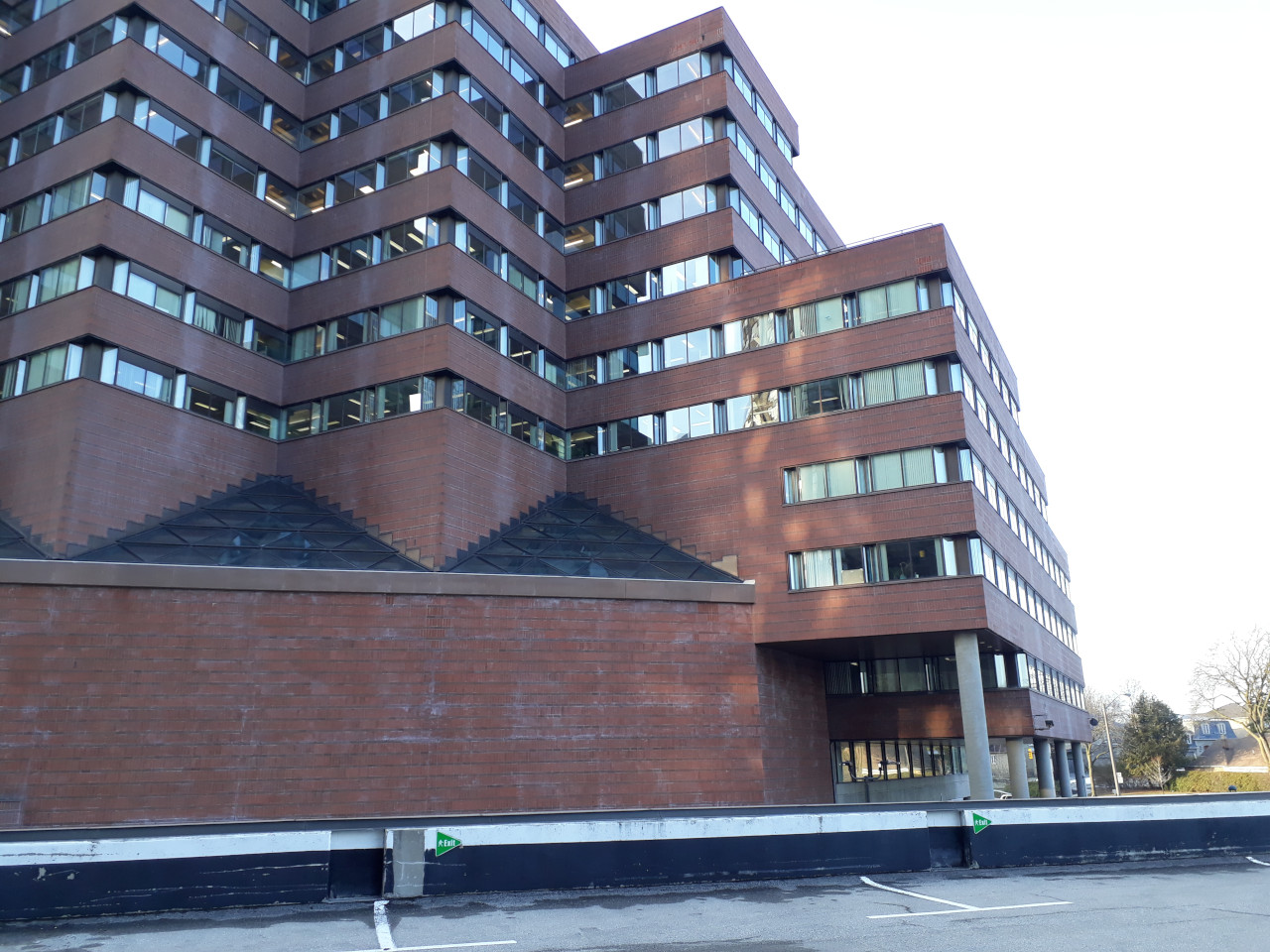One more exam is passed on the way to the professional pilot career!
As I mentioned previously, I converted my FAA Commercial Pilot License to the Canadian one, and I am currently searching for my first flying job. In contrast to the US, Canada allows pilots to fly as a First Officer before reaching the 1500-hour mark, but only after passing some written exams. These can be ATPL exams (SARON and SAMRA), which are only available after reaching 750 flight hours or for integrated ATPL programs. However, for a CPL holder, these privileges can be obtained by passing the IATRA – Aeroplane Type Rating for Two Crew or Cruise Relief Pilot.
Booking the exam is very easy – all you have to do is contact Transport Canada by email and ask. They usually respond in a couple of days or even faster, and typically have available dates in less than a week (at least the Ontario office does).

I booked an appointment at a central office on Yonge Street. The building’s interior resembles Hogwarts with its numerous stairs leading in random directions. Thankfully, they don’t move.
The exam itself was relatively easy, and I highly recommend using Harv’s Air Ground School for preparation. I also ordered the Aerocourse workbook, and some of the questions in it were relevant as well. My notes turned out to be useful as well.
Since I moved, I still haven’t bought a calculator or a flight computer, so I used the classic pen-and-paper method for all calculation tasks and checked my answers multiple times. Despite this, I was still able to complete the exam in about an hour and a half. The bottom line is that there is plenty of time to complete the exam, even without a calculator.
I scored 94%, failing only three questions. I remember them very well.
The first question was about orientation difficulties after excessive drinking even after 24 hours, and where the residual alcohol products can remain in the body. The answer options were ‘inner ear’, ‘middle ear’, ‘bloodstream’ and ‘brain tissues’. I recall that our equilibrium organs, utricle and saccule, are located somewhere in our ear, and for some reason I chose the ‘middle ear’. Shame on me!
The second question was about the BETA range of the propeller, specifically, what prevents the prop from going into BETA. The correct answer was not ‘coarse (high) pitch stops’, which is what I selected, and it resulted in an incorrect response.
I remember two questions about deicing, but I’m not entirely sure which one I got wrong. The first question was about which part of the airplane should be deiced first. The answer options were ‘upper fuselage’, ‘tailplane’, ‘engine inlets’ and ‘wings’. The second question was about the deicing problems of a cold soaked wing. The answer options were ‘time should be computed as the earliest from the table with holdover intervals’, ‘time should be computed as the latest from the table with holdover intervals’, ‘there is a risk of refreezing even after deicing’, and another option that I can’t recall.
The rest of the questions were relatively straightforward. Some examples include:
- ADIZ (from which altitude)
- Vortex generators (with some strange wording like ‘slow down separation layer’)
- Northern Controlled Airspace altitude
- Altimeter setting and its influence on the ATC radar altitude
- Oxygen mask requirements for aircrafts without quick-donning masks
- Critical Point computation
- TAS from CAS, FL and temperature
- The best flight level from two based on wind, TAS and fuel consumption
- The lowest ceiling in the area based on GFA
- METAR analysis
- TAF analysis
- Something about CRM (pretty easy to answer)
- Cold temperatures and their influence on true altitude
- Weight shifting computation
- CG computation as percent of MAC
- Some performance chart
I didn’t encounter any questions that were trying to trick me, unlike some questions from the FAA and EASA, such as “what is NOT true” or “we have the correct answer, and we have even more correct answer provided as options.”
In overall, with some prior knowledge it’s possible to get ready in about two weeks. As someone who has taken EASA ATPL exams, I found this exam to be a piece of cake. I’m happy to add another skill to my CV!

Leave a Reply